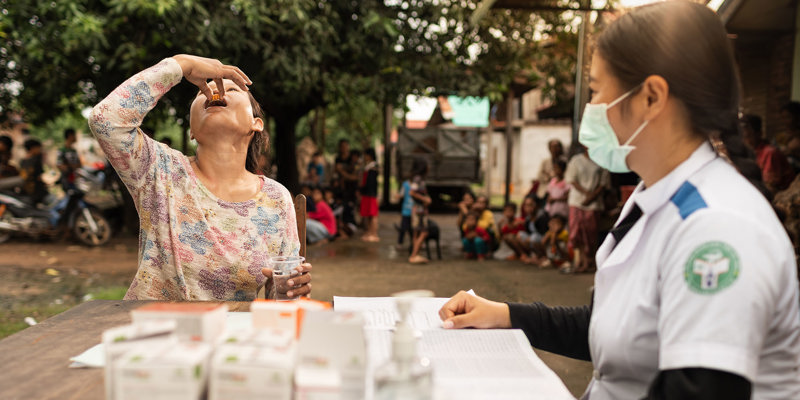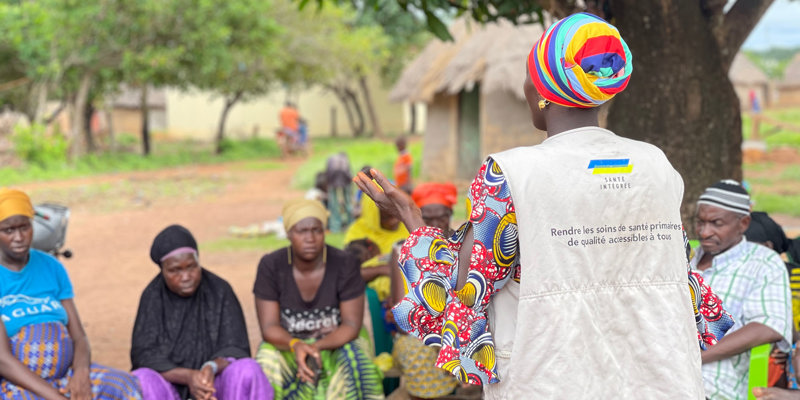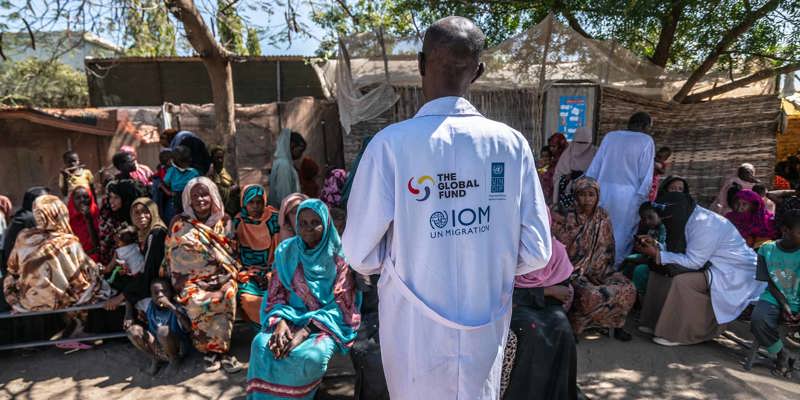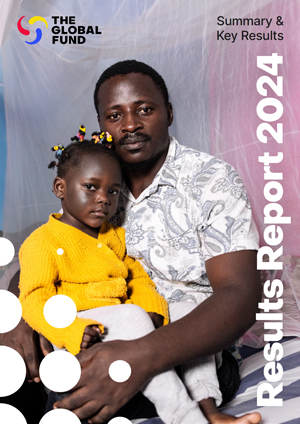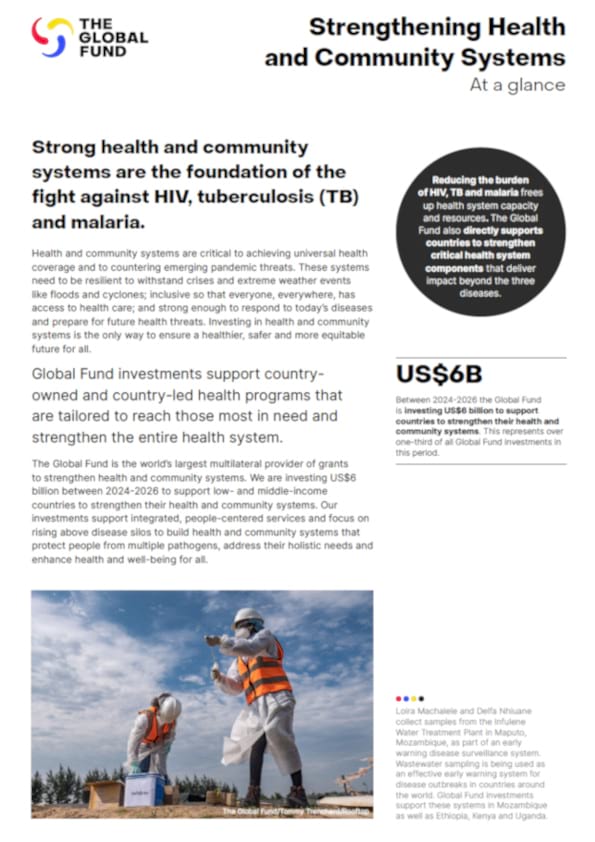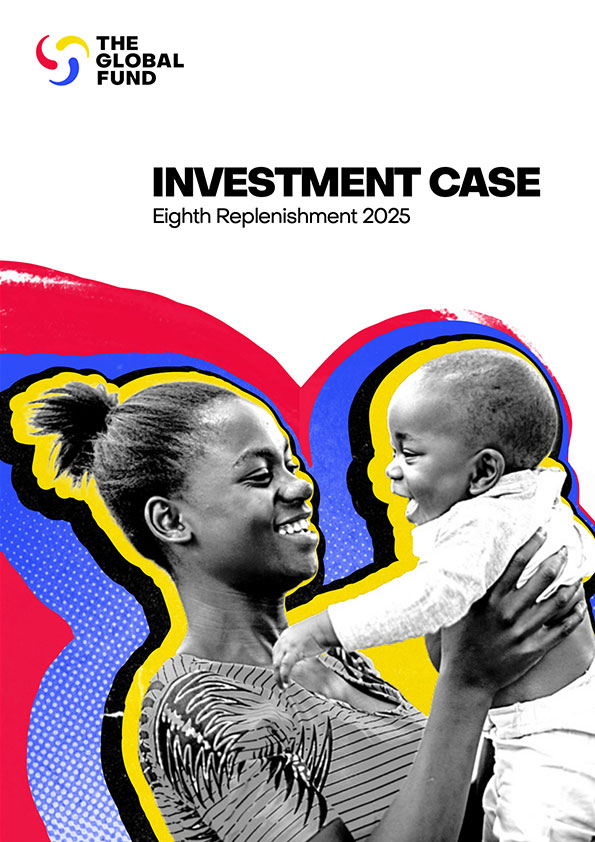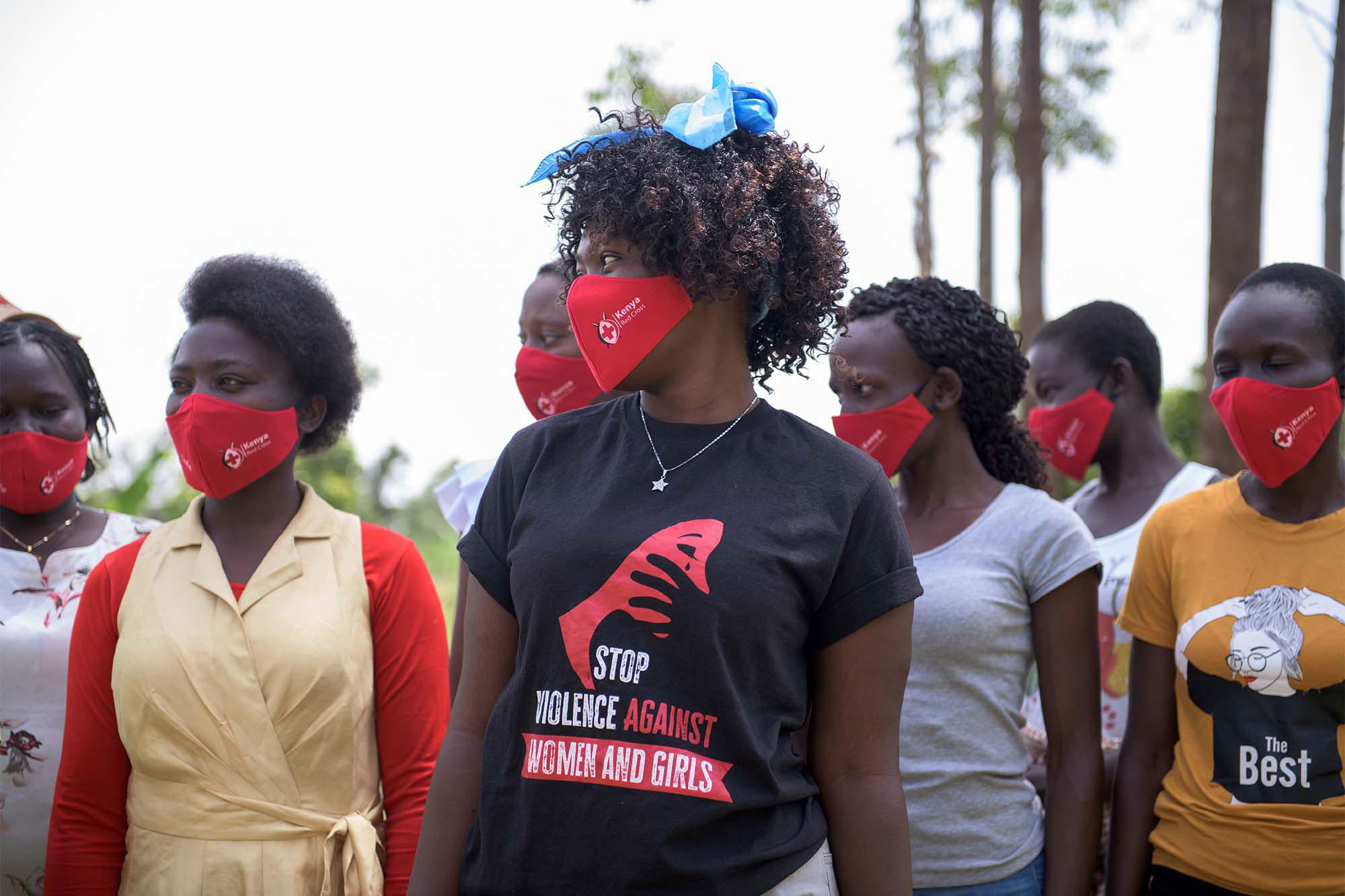The Challenge
Too often, the people most vulnerable to HIV, tuberculosis (TB) and malaria are the same people who don’t have access to health care due to disease-related stigma, deep-rooted gender inequalities and harsh laws and policies that criminalize and discriminate against key and vulnerable populations.
Human rights, gender and equity-related barriers to health services can make people more vulnerable to infection, more likely to experience poorer health outcomes, and make it harder to access HIV, TB and malaria services. The three diseases can also exacerbate inequality, impoverish people, and make them more vulnerable to human rights violations.
Not only do these barriers hinder access to health services, but many also constitute human rights violations themselves. Challenges such as the lack of pandemic preparedness, as well as the rise of anti-rights, anti-gender and anti-LGBTQI+ movements, have also worsened the situation, making it even harder for people to access health care. As a result of these challenges, far too many people are left behind and suffer stigma, discrimination and violence.

